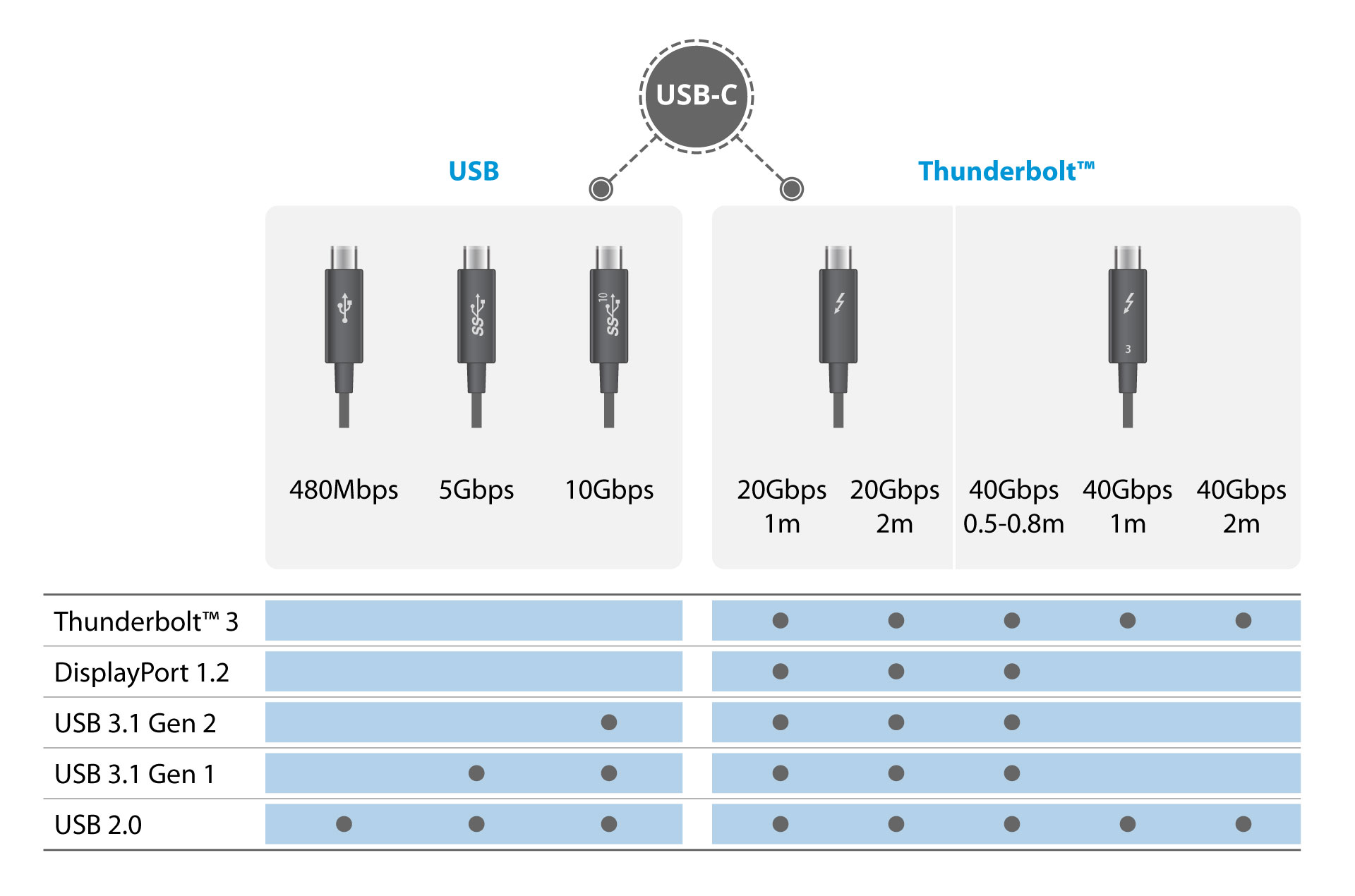

Both work with USB-C ports, but the USB 3.2 Gen 2 also plugs into USB-A and MicroUSB ports. Things get even trickier with USB 3.2 Gen 1 and USB 3.2 Gen 2. Depending on the device, you may need a USB-A, USB-C, or MicroUSB adapter to connect. The USB 3.1 is backward compatible with USB 2 and USB 1 (at slower speeds). Next in line, the USB 3 sports a lightning bolt symbol indicating its super speed. And, a new port means that we need a new adapter.įor example, the USB 2 used mini and micro connectors to sync with non-Apple mobile phones, and you’ll find them on flash drives, webcams, and printers. Thankfully, USB is backward compatible, so your faster bus will still connect (though it may limit transfer speeds, so it’s best to use the fastest device your computer can support).įaster data transfer speeds are great, but with every new USB interface iteration, there’s a new port shape.

In practical terms, though, most hard drives work much slower than the latest USB versions. USB 4.0 uses the Thunderbolt 3 protocol for data and image transfer speeds of 40 Gb/s.USB 3.1 achieved a super speed of 10 Gb/s.USB 3.0 has a data signaling rate of up to 5 Gb/s.Each new version featured a higher data transfer speed: USB has been through a number of revisions over the years to be compatible with smaller devices. USB connects everything from external hard drives to keyboards, game controllers, network adapters, and more. USB comes in many different size variants, but you’ll most likely find it on your computer in that familiar rectangular port. It’s been a standard on most Macs and PCs since the late 1990s and has been updated several times since then.
#USB 2 VS USB 3 TRANSFER SPEED SERIAL#
Universal Serial Bus (USB) is the most common peripheral interface used to link one device to another and connect to a power source. We’ll tackle the two most common peripheral devices today-the USB-C and Thunderbolt 3.Īre you unsure what the differences between interfaces are and how they affect your backup plans? This installment of “What’s the Diff” is here to help! What Is USB? Some of these ports and interfaces look alike, but they perform differently. How many different adapters do you use to connect your computer to peripheral devices? There’s USB 3, USB-A, USB-C, HDMI… I could go on. This post has been updated since it was originally published in March of 2019.


 0 kommentar(er)
0 kommentar(er)
